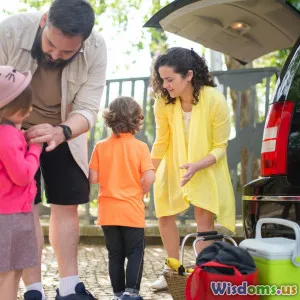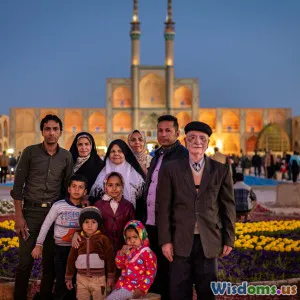
Busting the Myth That City Breaks Aren’t for Families
15 min read Discover why city breaks are perfect for families with tips, destinations, and activities for all ages. (0 Reviews)
Busting the Myth That City Breaks Aren’t for Families
City breaks have long been painted as the domain of young couples, solo adventurers, or groups of friends—a far cry from Saturday cartoons, strollers, or the selective palate of a four-year-old. Yet, cities are rapidly transforming into one of the most rewarding destinations for families. Let’s set aside the tired assumptions and dig into how urban escapades can be the perfect recipe for enriching, fulfilling, and utterly fun family getaways.
Reimagining the Urban Landscape for Family Adventures

Urban environments might conjure images of skyscrapers, endless taxi cabs, and crowds, but cities are also rich ecosystems brimming with green spaces and vibrant cultures. Many metropolises globally have reinvented themselves for family enjoyment:
- London's Parks Galore: Within the heart of London, children can burn energy in Hyde Park or watch pelicans at St. James’s Park. Both feature excellent playgrounds, vast open spaces, and weekly events ideal for little learners.
- New York’s Kid-Friendly Corners: Central Park offers boating, a renowned zoo, and wheelchair-accessible playgrounds. The High Line, a repurposed raised rail track, boasts food stalls and free guided tours suitable for all ages.
- Singapore’s Family Urbanism: The city is designed for families with its safe walkways, rooftop play spaces, and places like Gardens by the Bay—a technicolor playground for the imagination, complete with giant indoor waterfalls and themed gardens.
The myth that cities lack outdoor or accessible family fun quickly unravels through these examples. City governments are investing in family-centric initiatives, reimagining city landscapes for discovery, play, and relaxation for all ages.
Culture Capital: Learning Made Fun and Accessible
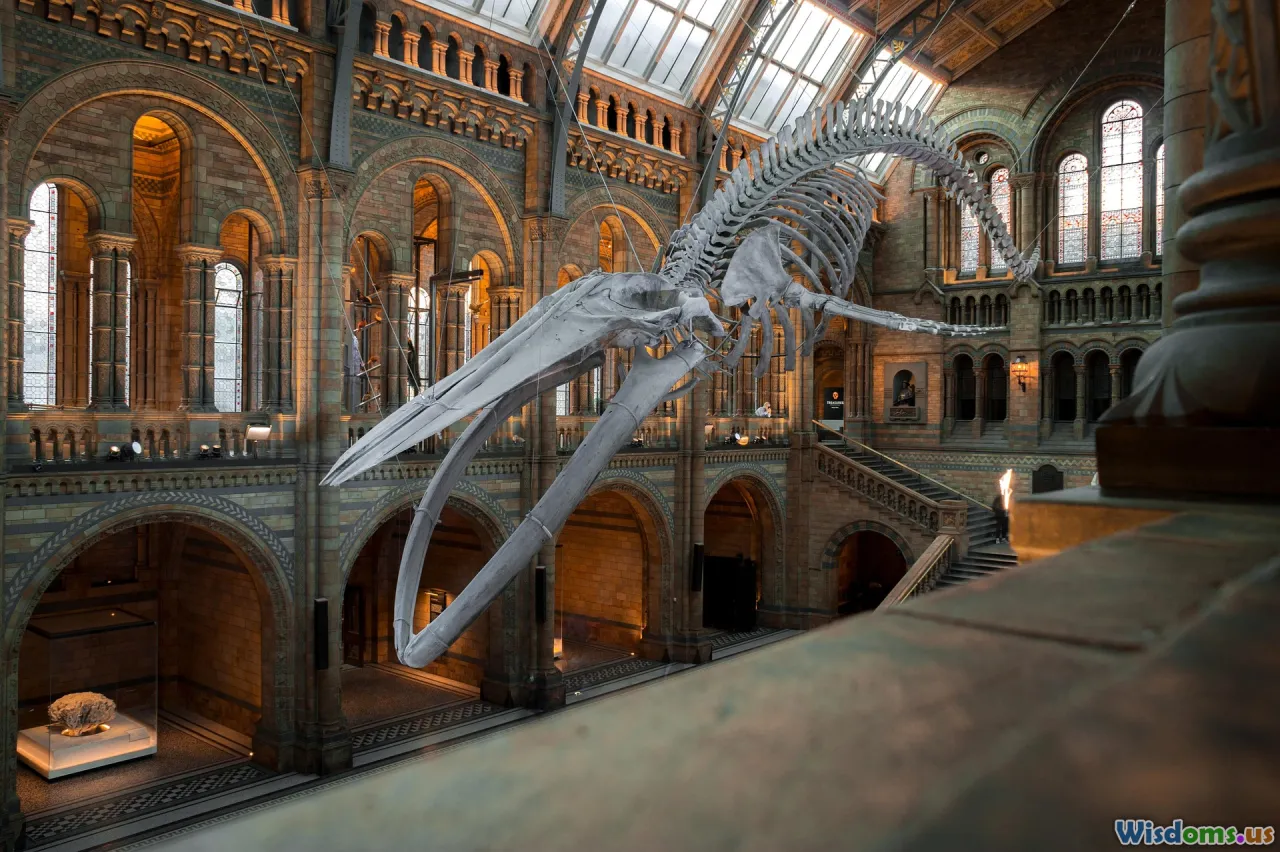
Museums, galleries, and theaters might sound staid to many parents, but most urban cultural venues now go out of their way to cater to younger crowds.
- Interactive Exhibits: The Natural History Museum in Paris or the Science Museum in Boston invites tactile learning, whether it’s digging for fossils, experimenting with robotics, or crawling through immersive tunnels.
- Art for All: Many cities schedule family days, art workshops, and treasure hunts — the Louvre’s family-focused trails make Mona Lisa magical even for toddlers.
- Open-Aired Theater: Shakespeare in the Park (NYC, London) or musical street shows (Berlin’s Alexanderplatz) offer live performances that capture young attention spans.
Embracing these cultural assets as opportunities for multi-generational learning turns city breaks into living classrooms, making travel deeply memorable.
Food, Fairs, and Flavors: Urban Gastronomy for Picky and Adventurous Eaters

Forget the myth that city restaurants cater only to adults or fussy foodies. Urban centers are a goldmine of gastronomic adventures tuned to families:
- Street Food Markets: Borough Market in London, Hawker Centres in Singapore, and Mercado de San Miguel in Madrid feature everything from fresh juices to miniature pizzas and allergen-friendly treats. Offerings are affordable and endlessly varied.
- Family-Friendly Eateries: Well-loved chains and local gems alike have adapted—think coloring menus, table-side entertainment, and high chairs as standard. Dinosaur-themed cafes in Tokyo or princess tea parties in New York provide themed dining experiences kids won’t soon forget.
- International Immersion: Urban diversity means trying bao buns, tapas, Ethiopian stews, or gelato, often within a handful of city blocks. These food adventures are adventures in culture—the sort that picky eaters can opt into (or out of) at their own pace.
Cities transform even mealtimes into sensory, social, and lively family excursions.
Urban Transport Solutions: More Than Just a Means to an End
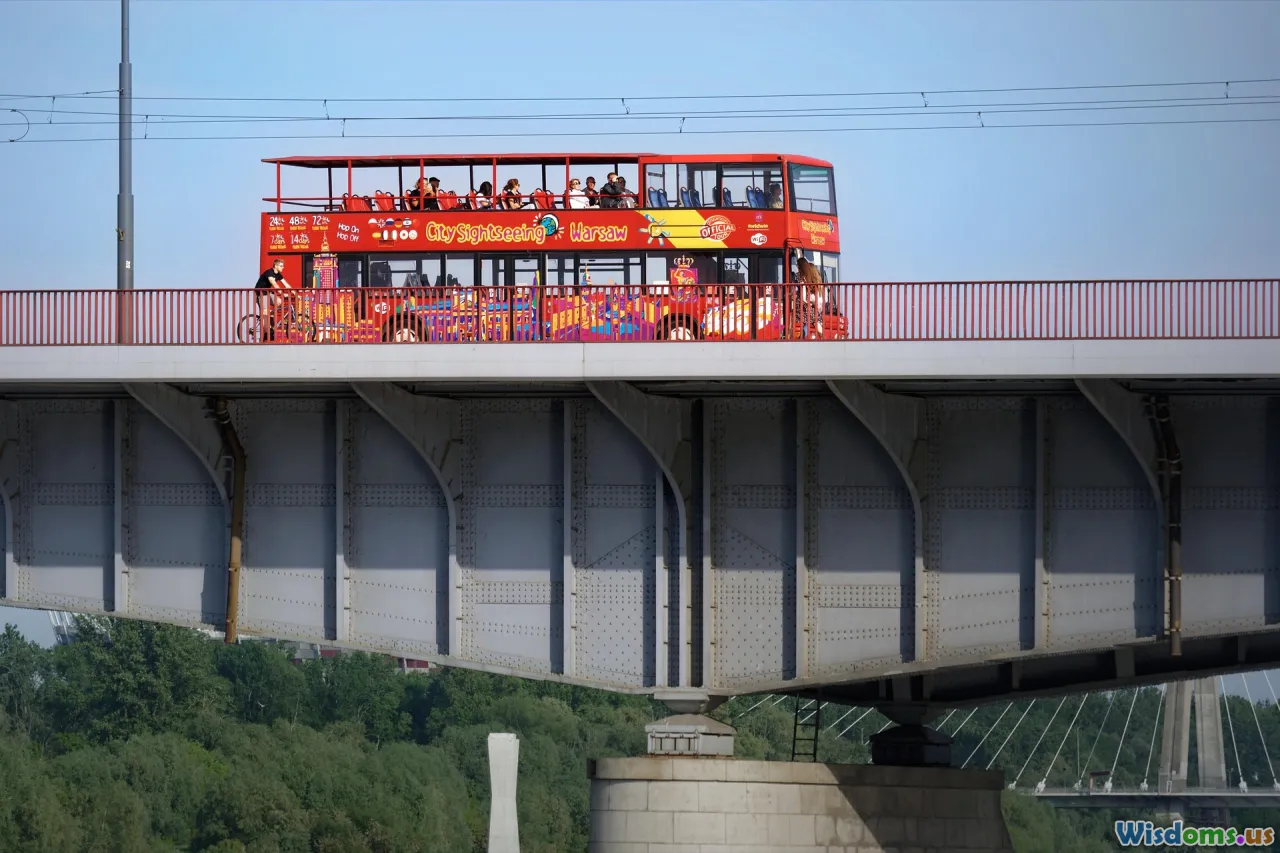
Getting around a sprawling city might sound intimidating, but modern urban hubs have taken major steps to streamline transportation for families:
- Family Tickets & Discounts: Cities like Vienna or Copenhagen offer family passes for public transportation (kids often ride free up to age 15), making trams and subways both affordable and fun.
- Iconic Rides: Children delight in unique options like San Francisco’s cable cars, London’s double-decker buses, or Amsterdam’s canal boats—transforming a simple journey into a highlight of the trip.
- Biking Boom: Growing bike-share schemes, like Paris’s Velib’ or London’s Santander Cycles, come with child seats and family pricing. Dedicated lanes or urban cycling “superhighways” prioritize safety for all riders.
Mastering a metro map can be a valuable travel lesson for kids, while every ride reveals a new window into local life.
Unique Urban Experiences Geared for Families

Modern cities are investing big in venues that put families front and center:
- World-Class Zoos & Aquariums: Berlin’s Tierpark, London Zoo, or the Georgia Aquarium in Atlanta set a gold standard, boasting interactive play zones and educational feeding demonstrations.
- Science Centers: Toronto’s Ontario Science Centre and Singapore’s Science Centre blend hands-on science experiments with climbing walls and water play.
- Sky-High Views: Tower-top experiences—like the Empire State Building or the London Eye—enrapture kids as much as parents, letting the whole family marvel together over city vistas.
- Urban Nature: Many cities champion urban ecology—Botanical gardens, butterfly conservatories, rooftop gardens, and indoor forests (e.g., Madrid’s Atocha Station). The fusion of concrete and chlorophyll brings lessons about sustainability to life.
Visits to these venues turn city stays into adventures limited only by curiosity.
Tips for Stress-Free and Joyful City Breaks With Kids

Preparation is key—and with a few strategic moves, a city trip can be fun, affordable, and smooth even for first-timers.
- Pick a Central Base: Staying close to main attractions or connected by transit saves energy and time. Many urban hotels, apart-hotels, or family-centric hostels now offer family suites, free breakfast buffets, and even indoor play centers.
- Schedule Wisely, Pace Smartly: Alternate active, outdoor moments with indoor, quieter visits. Leave room for spontaneous fun—a puppet show in the park or a magician in a city square can hold just as much wonder as any museum.
- Pack Smart: Light, layers-friendly clothes, water bottles, snacks, and city maps (digital and paper) are essential. Many cities are stroller-friendly and offer stroller rental services.
- Tap into Local Knowledge: Tourist offices, community-run social media pages, and neighborhood guides can point you to hidden playgrounds, off-the-beaten-path bakeries, or family festivals that rarely reach guidebooks.
Armed with research and a flexible attitude, families can turn urban challenges into opportunities for creativity and fun.
Debunking the City Safety Myth: How Urban Hubs Ensure Family Security
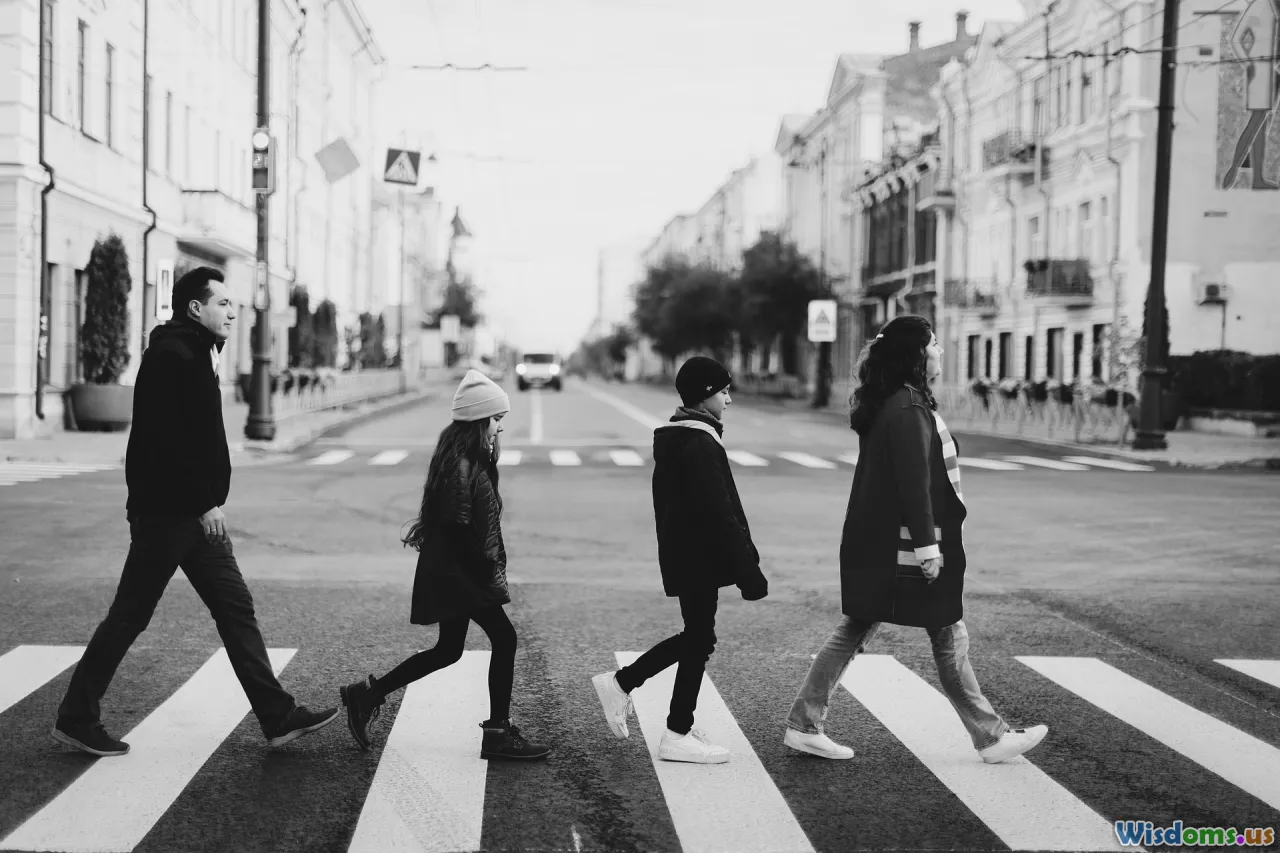
Worries about safety deter many families from considering city breaks. However, evidence across major global cities illustrates tangible efforts to keep visitors secure:
- Pedestrian Zones: City centers across Vienna, Copenhagen, and Venice limit car access, creating calm urban villages where families can explore stress-free.
- Visible Support Services: Tourist-friendly districts frequently feature information ambassadors, city guides, and multi-lingual signage. Police presence, emergency phones, and 24/7 CCTV enhance peace of mind.
- Smart Planning: Monitoring local advisories and choosing well-reviewed accommodations or family neighborhoods can further reduce anxiety. Statistics show most central tourist areas are as safe—if not safer—than outlying suburban zones, especially during the day.
A little caution and preparation, coupled with urban infrastructure designed to protect, make for safe and happy urban exploration.
Breaking Down Stereotypes: Real-Life Stories of Family City Travelers

Countless families prove daily that city breaks provide some of their fondest travel memories:
"Our 8-year-old’s highlight in Prague? Riding the old trams and feeding peacocks in Stromovka Park, followed by hot chocolate at a local café. We didn’t miss a beach for a second!" – Jean, Toronto
"We discovered Barcelona on foot and by bike with our two teens—admiring Gaudí’s colors, haggling at La Boqueria market, and watching magic shows on La Rambla. The city felt like our playground." – Maria, Glasgow
These experiences highlight the vast diversity of urban adventure, where every family can pursue a unique blend of culture, history, fun, and relaxation—all in one locale.
Sustainable and Accessible: The Future of Family-Friendly Urban Tourism
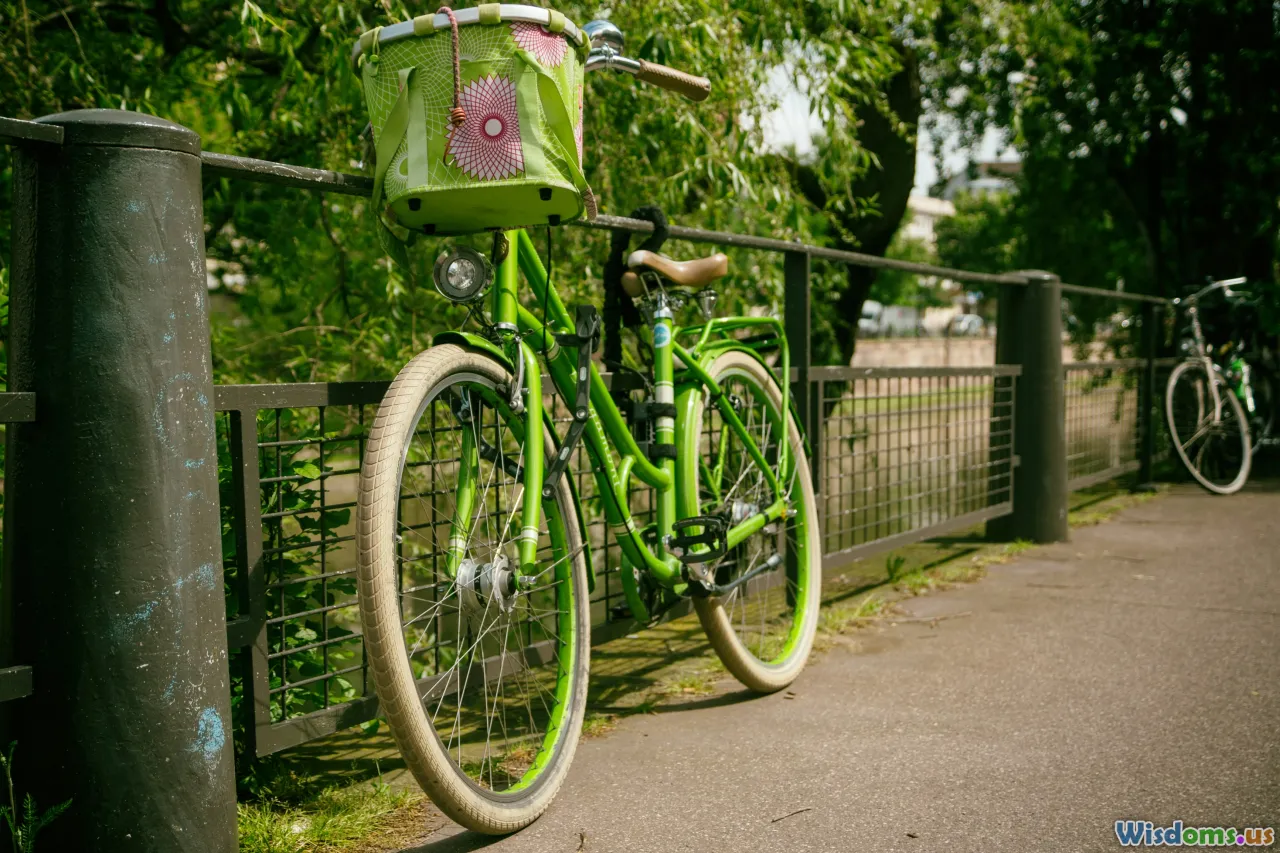
Modern cities are not just catching up—they’re leading the way in responsible, inclusive tourism:
- Eco-Friendly Initiatives: Many urban spots are investing in green public transport, electric taxis, and car-free zones to lower emissions and enrich visitor experience.
- Accessible Design: Museums, transit, and outdoor spaces now frequently provide inclusive features: ramps, audio guides, sensory-sensitive events, and “autism hours.”
- Community-Led Experiences: Social enterprises, local artist workshops, food tours run by family businesses—these experiences support the city economy while offering real, authentic encounters for travelers of every age.
Choosing an urban break enables families to travel thoughtfully, making positive impacts while soaking in culture and fun.
Think back to the image of city breaks: impersonal, hectic, adult-oriented. Now imagine the laughter of children in a piazza, a family marveling at a street mural, siblings negotiating which ride to try first at the city funfair, and parents enjoying worry-free, easily accessible adventures. The myth that city breaks aren't for families isn’t just outdated—it never held up to real-world exploration. Cities pulse with opportunity just waiting to be rediscovered through family eyes. The next truly unforgettable family holiday might be just a train ride into the heart of the nearest metropolis.
Rate the Post
User Reviews
Popular Posts













